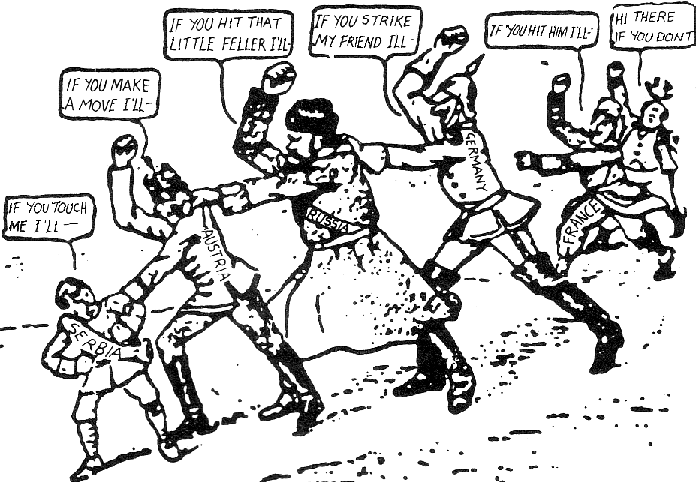During the
3rd term, you must read the book "Roman Mysteries" (which I am
sure you will like, it is a great adventure!), and you have to do also a manual work: a model or diorama of a
historical age studied this year!
Of course,
you will have a mark for this work. And, as you will do it very well, that mark
will be very high... Do not worry, you have time enough: the delivery date for the model is Wednesday 28 Mayo (British). (Enlace a la versión española)
Instructions:
1. The
model must be done individually or in
pairs.
2. The
item must be obligatorily related to one
of the historical topics studied this year. You can add some figures and
landscape items, but remember that the main part must be a building.
3. Do NOT expend a lot of money, do it with
reusable materials: paper, cardboard, clay ... even those Playmobiles you
have in a drawer J
4. Be original: it is a creative work, to
show off your imagination.
5. They
should be harmless (no volcanoes to explode, please)
There are many options:
Paleolithic hunters, the neolithic city of Catal Huyuck, a Mesopotamian
ziggurat, Egyptian
pyramids and sphinxes,
the Parthenon
(the most important Greek temple), the lighthouse
of Alexandría, the war between the Greeks and Persians, the Roman Forum,
the Colosseum
with gladiators,
the Circus with a chariot race, Pompeii and Mount Vesuvius...
To make
everything easier, I leave here a few links to some templates in case you want some help or a starting point: if you
are interested in the topic, you just have to print it (but there are quite
small buildings...). After all, it is a matter of patience and a some abilities
with scissors and glue;-)
Get to
work and enjoy it! J
Centro de Arte Rupestre Tito
Bustillo (Asturias) - 2013







.jpg)






